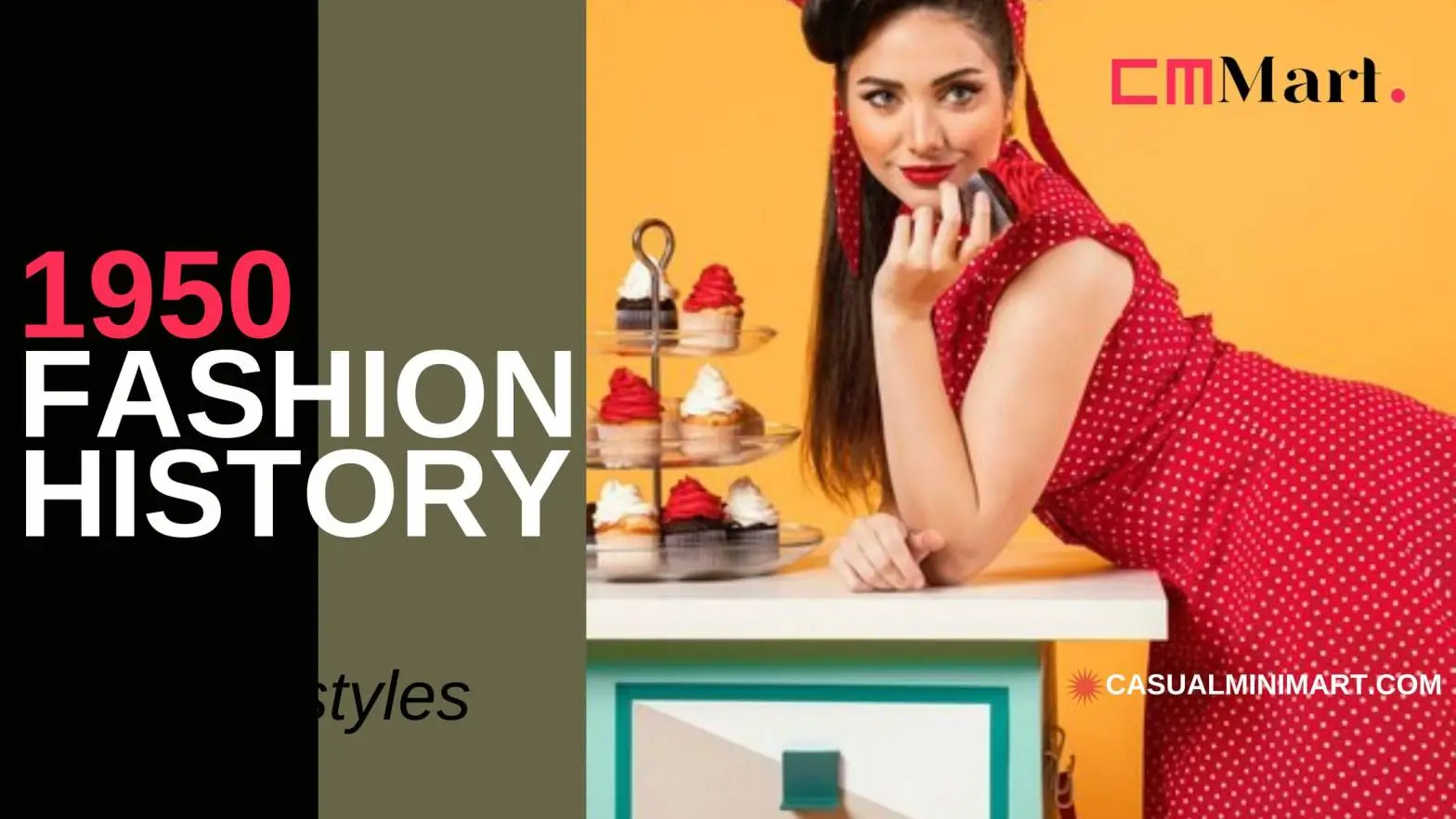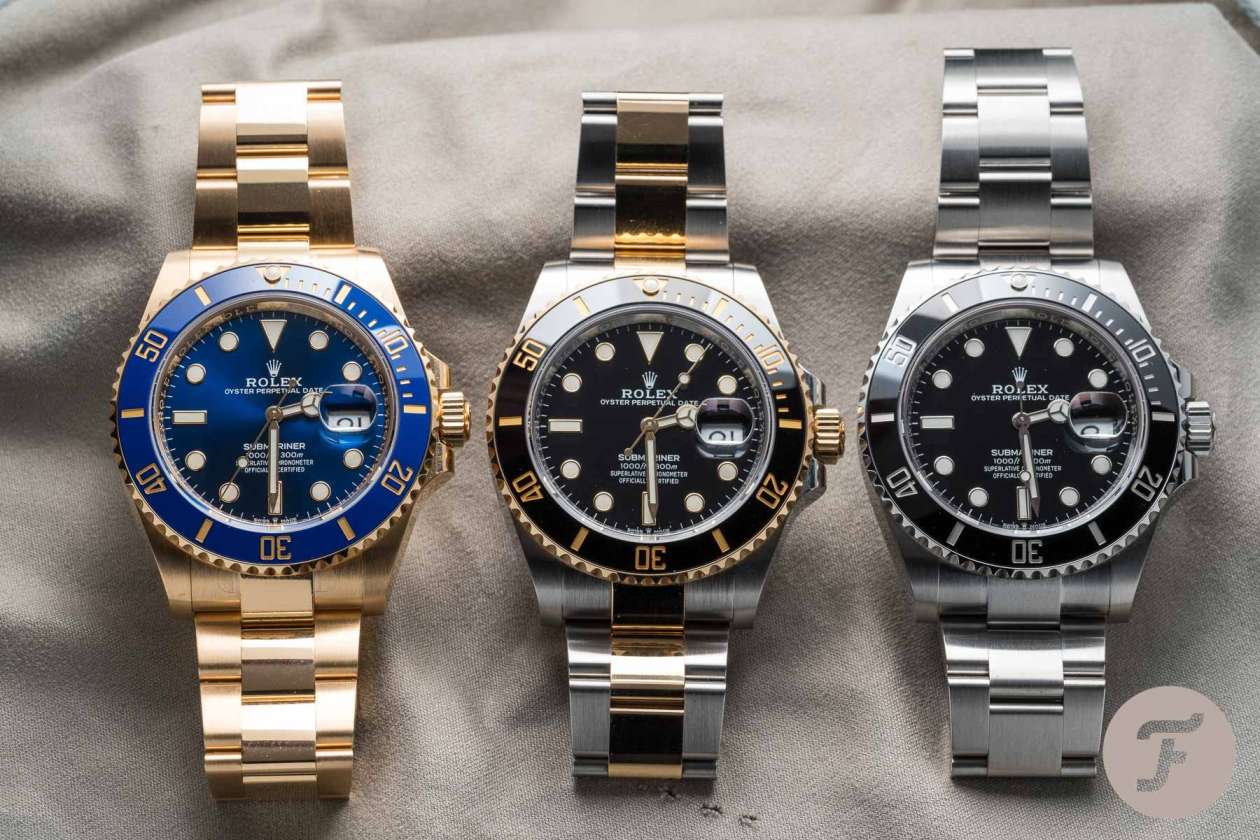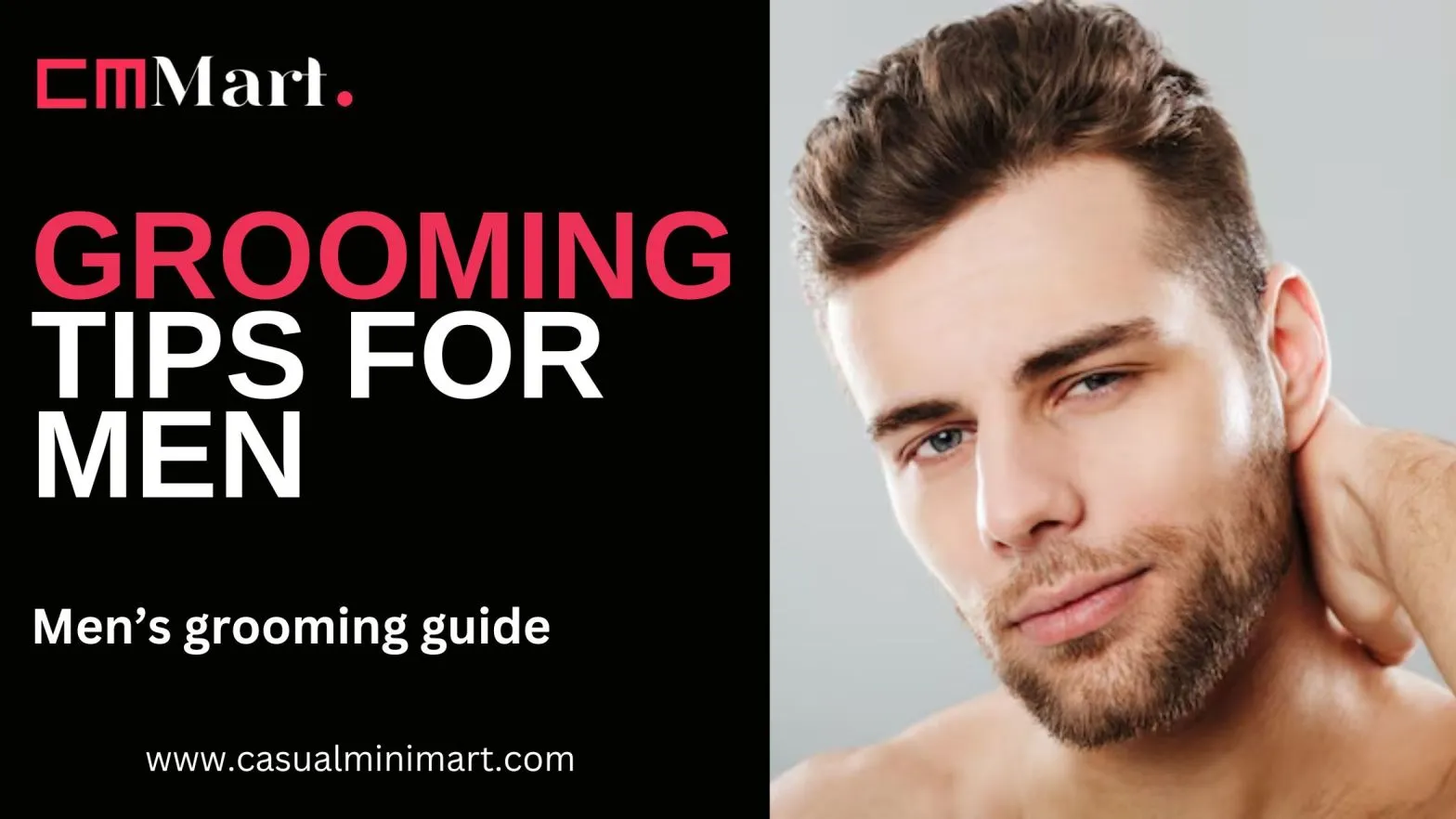Many people see classic 1950s fashion as poodle skirts and ponytails, pants and slick-backed hair. While adolescents loved these looks, what did everyone else wear? 1950 fashion offered men and women new choices. Though they wore different fashions, the people in your mid-century family pictures had some basic themes. Here's what you could find and the accompanying justification.
The Stories Behind 1950s fashion
Many war-torn countries were still reconstructing when the 50s style got started. Many places where products had been in low supply have replenished. Many times, returning warriors had married and started families; women had stopped their occupations to become stay-at-home wives and mothers. As a means of economic recovery, certain governments—especially the United States—promoted consumption.
Designers gained recognition outside of Paris, France both during and after the war. More geographical variation among designers meant more choices of designs in the 1950s. Moreover, newly developed synthetic fabrics opened doors for mass-produced clothing, making Retro Glamour more accessible to the public. Strong consumer spending raised demand for clothes and accessories to complement every trend. Fashion publications and movie stars pushed fresh trends and showed how to correctly wear new kinds of apparel.
Women in the 1950s Styles
Women's gowns

French designer Christian Dior debuted his beautiful, luxurious "New Look" for women in 1947, and it was current all through the 1950s. Dresses had expansive skirts, tight waistlines, rounded shoulders, and overdone hips. The New Look hailed the end of war economics and embraced the idea of vibrant femininity. From everyday shirtwaists and sundresses to crinoline-covered circle skirt ensembles, coatdresses, and formalwear, the design found expression in many 1950s trends.
Dior's New Look was not the only elegant shape available for ladies. Pencil gowns covered a lady from the bodice to the mid-calf hemline. To obtain a similar look, pair tailored, tucked-in shirts with pencil skirts. Other decade-shortened or relocated waistlines in dress designs included bell-shaped skirts, A-line dresses, and sack dresses.
Western women (and those from outside) embraced these fresh designs. In West Germany, the New Look really appealed. Australian women loved both the pencil and New Look designs. Film footage from a 1950s Japanese fashion exhibition shows dresses inspired by all these Western designs.
Casual Wear for Women

Women started wearing more casual clothing including pants. American female fashion designers were well-known for creating informal, utilitarian clothes—such as designer sportswear, pants, and playsuits—that could satisfy the many needs of working women. Audrey Hepburn popularized a laid-back, elegant look with dark, slender pants, simple boat-neck shirts and low heels.
The Beatnik style even further streamlined a woman's appearance. Clean and appropriate were Beatnik fashions—dresses and trousers. With exception for ethnic or bohemian accents, the hues were largely dark neutrals.
Women's Shoes and Accessories

A pair of shoes for every occasion shows the 1950s way of thinking quite well. It was impossible to deny an almost endless spectrum of new kinds of women's shoes; they were more attractive, lightweight, sturdy, and comfortable than before. Solid and pattern hues abound for closed-toe pumps, stiletto heels, flats, wedges, sandals, moccasins, and other shoes.
Though optional, hats were fashionable with choices including well-known pillboxes, veiled fascinators, little Juliette caps, flat pancake hats, and summer-time straw hats with big brims. Some women cover their hair with colorful scarves instead of hats. Coordinating costume jewelry, gloves, and boxy, short-handed handbags or clutch purses may have been part of a complete ladies's outfit.
Men's 1950s clothes

American influence clearly changed men's clothes to become more casual. Many men wore conservatively colored baggy suits with tight ties in the early 1950s. Men's clothing changed during the decade to get more textured, vibrant, and casual. Guys used to relax wearing light sports coats and vibrant shirts with jeans. Summer must-have items include knee-length shorts and Hawaiian-style tees.
Though they lacked diversity, men's shoes were significantly more practical than women's. A suit was worn with black or brown wingtip oxfords or other leather dress shoes. Men could dress less formally with saddle shoes or penny loafers.
Related Post : 1920s Men's Fashion
1950s Fashion for Teens and Youth

Young men of the 1950s looked for other ways to present themselves than their parents. Vintage Edwardian (Teddy) suits made on London's Savile Row influenced the Teddy Boy style. Round out the look with straight stovepipe trousers, velvet-collar jackets, white shirts, colorful socks, suede creeper shoes, and properly combed-back hair. Movie stars such as James Dean and Marlon Brando helped to promote jeans, white shirts, leather jackets, and greased-back hair in the United States.
Teenagers sometimes embraced more modern versions of their mothers' clothes. Often paired with a wide, elastic cinch belt and a circular circle or pencil skirt, a fitted blouse with a Peter Pan collar was Though other styles were equally popular, the now-iconic "poodle skirt" was just a circular, whole circle skirt with a poodle decoration on it.) Sometimes cardigans and particularly fitted sweaters were worn either alone or with a shirt. Teenagers may have finished the look with saddle shoes, white bobby socks, and neck-tied scarves, all in white.








